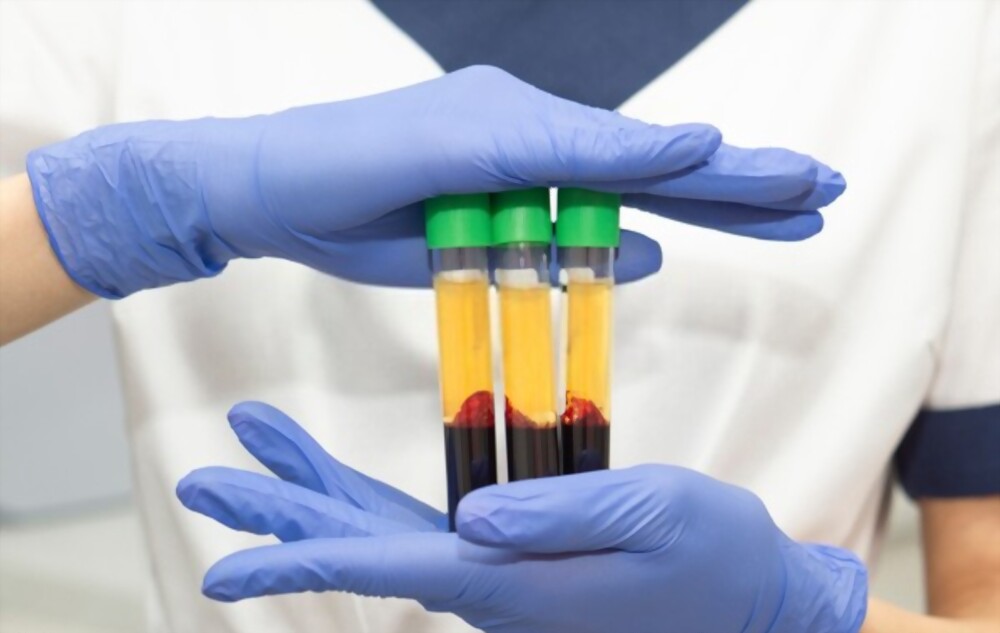
What is Hair PRP?
PRP is consisting of the initials of the words Platelet Rich Plasma. Platelets are cell fragments that play a role in blood clotting. Plasma, on the other hand, consists of liquid components such as protein, minerals, hormones, wastes, and water. Developed by taking advantage of the repair and healing effect of platelets on damaged tissues, PRP is applied as a rejuvenation treatment in many parts of the body. Platelets provide the healing effect with the growth factors they secrete . This feature of platelets has also inspired PRP to become a method used in the treatment of hair loss.
PRP hair is not a treatment option that can be effective against permanent hair loss. It does not have the ability to regrow hair by forming hair follicles. The option to consider for permanent hair loss is hair transplantation. PRP is a treatment that strengthens weakened, thin hair by targeting the hair follicles. Hair PRP is the process of taking the person’s own blood, enriching it with platelets , and injecting it into the hair follicles. PRP, which stimulates the hair follicles to take action, has been accepted and interested as a supportive treatment option that can be effective in reducing hair loss for both women and men. It has been observed that better results are obtained when applied together with hair mesotherapy, which nourishes the hair follicles with the vitamins and minerals they need by injecting them into the scalp .
It is a supportive and strengthening hair health treatment that can be applied to anyone between the ages of 18 and 65, especially those who suffer from genetic hair loss, who are disturbed by the lifeless and weak appearance of their hair, and most importantly, who do not have a health problem that will prevent PRP treatment.
In Which Situations Hair PRP Cannot Be Done?
- For pregnant women
- For those who are breastfeeding
- For those with blood clotting problems
- To cancer patients
- Those with diseases related to the immune system
- For those with blood disease
- Those who have active wound, infection or inflammation in the treatment area
How is Hair PRP Treatment Made?
As a result of the necessary examinations and evaluations, people who are deemed suitable for the hair PRP procedure are informed in detail about the procedure and its results. In the PRP treatment, which is subject to certain stages, the process works as follows:
- Stage: First, an average of 8 to 10 cc of blood is taken from the patient.
- Stage: The blood taken from the patient is placed in the centrifuge device and the blood components are separated. The centrifugation process takes between 15 and 20 minutes on average.
- Stage: Fresh cells, which decompose from the blood and turn into yellow tones, are drawn into the injection to be treated.
- Stage: The obtained platelet -rich plasma is injected into the hair follicles through fine-tipped needles, and the process is completed.
The needles used during hair PRP treatment are quite thin. Although slight tingling may occur during the procedure, the pain felt may vary according to the pain thresholds of the people.
How Is The Recovery Process After Hair PRP?
After the hair PRP treatment, the patient can continue his normal life from where he left off. It is not a procedure that requires a stay in the hospital.
- There may be rashes on the scalp
- Complaints such as pain, swelling, edema should be followed up and shared with the doctor.
- Hair should not be washed for the first 3 hours after the procedure.
- Chemical hair styling products should not be used on the first day.
- Ice compresses can be applied for swelling that may occur in the treatment area.
- Blood thinners, whose use is suspended before the procedure, should not be used for 1 week after the procedure.
Specialist Doctors
Medical Branch
Succesful Operation
Other Details About Hair PRP
Hair PRP is a treatment that needs to be repeated in order to benefit fully. The number of sessions is determined according to the needs of the people. Positive effects on hair health can be observed after the 2nd or 3rd session. There should be 3-4 weeks between sessions.
